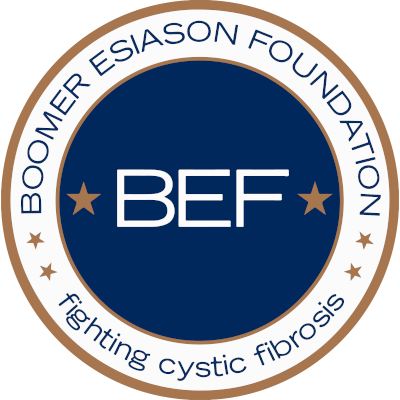Changing doctors is never easy. When you’re a teenager new to advocating for your own health care, or one who has a chronic illness like diabetes or cystic fibrosis, it can be even more challenging to make the transition.
A new clinical report provides detailed guidance to pediatricians, family physicians, and internists to support all adolescents, including those with special health care needs, as they transition to an adult model of health care. The clinical report, “Supporting the Health Care Transition From Adolescence to Adulthood in the Medical Home,” from the American Academy of Pediatrics (AAP), American Academy of Family Physicians (AAFP) and American College of Physicians (ACP), is published in the July 2011 issue of Pediatrics (published online June 27).
“Pediatricians have asked how to incorporate better transition supports into their busy practices, and the new clinical report with its detailed practice-level guidance will help show them the way,” said Carl Cooley, MD, FAAP, co-chair of the group who authored the report. “All youth and young adults deserve seamless access to a primary care medical home and any necessary specialty care through all of life’s transitions.”
“Finding adult primary and specialty care providers for youth with chronic conditions has been a challenge for pediatricians, youth and families,” said Paul J. Sagerman, MD, FAAP, co-chair of the authoring group. “As ‘best practice’ for both pediatric and adult clinicians, the new clinical report will improve access to adult health care.”
Ideally, children should transition to adult-oriented health care between the ages of 18 and 21 years. For adolescents seeing a pediatrician, the transition will involve choosing a new physician, transferring medical records, and communicating treatment histories and insurance information. Although adolescents seeing a family physician may stay in the same practice, they may still need to transfer specialty care to adult subspecialists.
“All adolescents face unique health issues and have complex needs when it comes to care, but this is particularly true for teens dealing with chronic disease or disability,” said Roland Goertz, MD, MBA, FAAFP, president of the AAFP. “Having a medical home can provide stability during this time of change, and this report provides excellent guidance for family physicians and their care teams to help young people and their families follow a healthy path to adulthood.”
The transition requires help from the doctors on both sides, including preparing the adolescent to take charge of his or her own health care. Most young people with chronic illnesses will survive into adulthood and will need to find physicians who are trained in treating those conditions.
“Internal medicine specialists and subspecialists are often not prepared for the medical and social support needs of young adults with chronic or rare health conditions,” said Michael S. Barr, MD, MBA, FACP, ACP’s Senior Vice President, Medical Practice Professionalism & Quality. “This paper calls for all transitions in care to be based on adequate preparation, proactive communication, and early engagement of patients, families, and referring and accepting physicians in the process. The paper also provides strategies and formulas to overcome common challenges.”
The report represents an extension of a 2002 consensus statement on health care transitions for young adults that was co-authored by the same three national medical organizations. An algorithm to walk physicians through the transition process is included. The report also coincides with the launch of a new National Health Care Transition Center. The center is funded by the U.S. Maternal and Child Health Bureau in the Health Resources and Services Administration, which works with pediatric and adult primary care practices to develop tools to implement the specific guidance outlined in the report. For more information, visit http://www.gottransition.org/
Source: American Academy of Pediatrics
